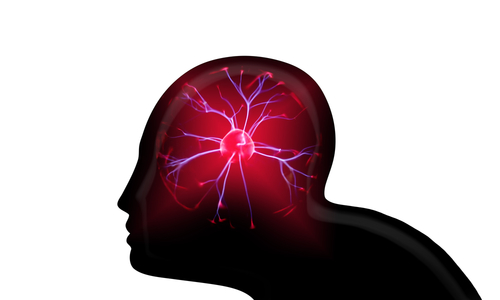Seizure Monitors for AADC Deficiency

People with aromatic l-amino acid decarboxylase (AADC) deficiency, whose symptoms usually begin during infancy, sometimes experience seizures. Seizure monitors can help alert family members and caregivers that a seizure is occurring, and may provide some peace of mind when the patient is less supervised, such as at bedtime or during sleep.
What is AADC deficiency?
AADC deficiency is a rare disorder caused by mutations in the DDC gene. which plays a role in the production of neurotransmitters that send signals between nerve cells. The mutations result in lower production of these neurotransmitters, leading to the symptoms of AADC deficiency.
What are seizures?
Seizures are abnormal levels of electrical activity in the brain. The imbalance of neurotransmitters due to AADC deficiency can lead to seizures in patients. AADC deficiency also can cause other involuntary muscle movements that look similar to seizures, making it difficult to distinguish one from the other. The most commonly reported type of seizure among AADC deficiency patients is a generalized tonic-clonic seizure, which involves stiff joints and thrashing movements of the entire body.
What are seizure monitors?
Devices that can help monitor patients and detect when they are having seizures or seizure-like activity are known as seizure monitors. These monitors can sound alarms or send alerts when they detect potential seizure activity.
Types of seizure monitors
Seizure monitors take many different forms and use different types of technology. New ones frequently become available. The following are several of the main classes of devices. While this information provides specific product examples, it does so without recommendation. Only patients and their caregiving teams can determine which device is best in each case.
One type of these devices is a video monitor such as SAMi. The video monitors send audio and video signals for processing to an app that analyzes the signals to look for shaking movements and sounds that are commonly associated with seizures. If the monitor detects seizure activity, it can sound an alarm. The video monitors often have infrared lights so they work at night as well.
Another form of seizure monitor is a mattress monitor such as Emfit and the Alert-it Companion. You place these monitors under the mattress so they can detect the movements of the person in the bed and analyze them to detect seizure-like activity.
Wearable and phone devices also are popular. Embrace 2 and SmartWatch are examples of monitors that the patient can wear like a watch. These devices use sensors to detect when the person is having convulsions. The NightWatch and SPEAC system also are wearable devices that you can use to detect seizure activity. Usually worn on the upper arm, these monitors track body signals such as heart rate and muscle activity. There also are apps such as SeizAlarm and EpDetect that can make use of a phone or smartwatch’s gyroscopes and accelerometers to detect seizure activity.
Questions to ask when choosing a monitor
There are several things to think about when you are looking to purchase a seizure monitor. Some common questions to consider are:
- What signals does the monitor record and will they detect the form of seizures my family member has? (Some devices cannot detect all forms of seizures).
- How many false alarms is the device likely to give?
- Do I need the monitoring primarily at night, during the day, or both?
- How expensive is the device and will my insurance or other form of assistance help with the cost?
- Who do I want to receive alerts when there is a possible seizure?
- Is the device suitable for the age of the patient? (Some devices are more suitable for children and some are better for adults).
- Will the monitor interfere with sleeping or activities of daily life?
Last updated: Sept. 9, 2020
***
AADC News is strictly a news and information website about the disease. It does not provide medical advice, diagnosis, or treatment. This content is not intended to be a substitute for professional medical advice, diagnosis, or treatment. Always seek the advice of your physician or other qualified healthcare providers with any questions you may have regarding a medical condition. Never disregard professional medical advice or delay in seeking it because of something you have read on this website.






